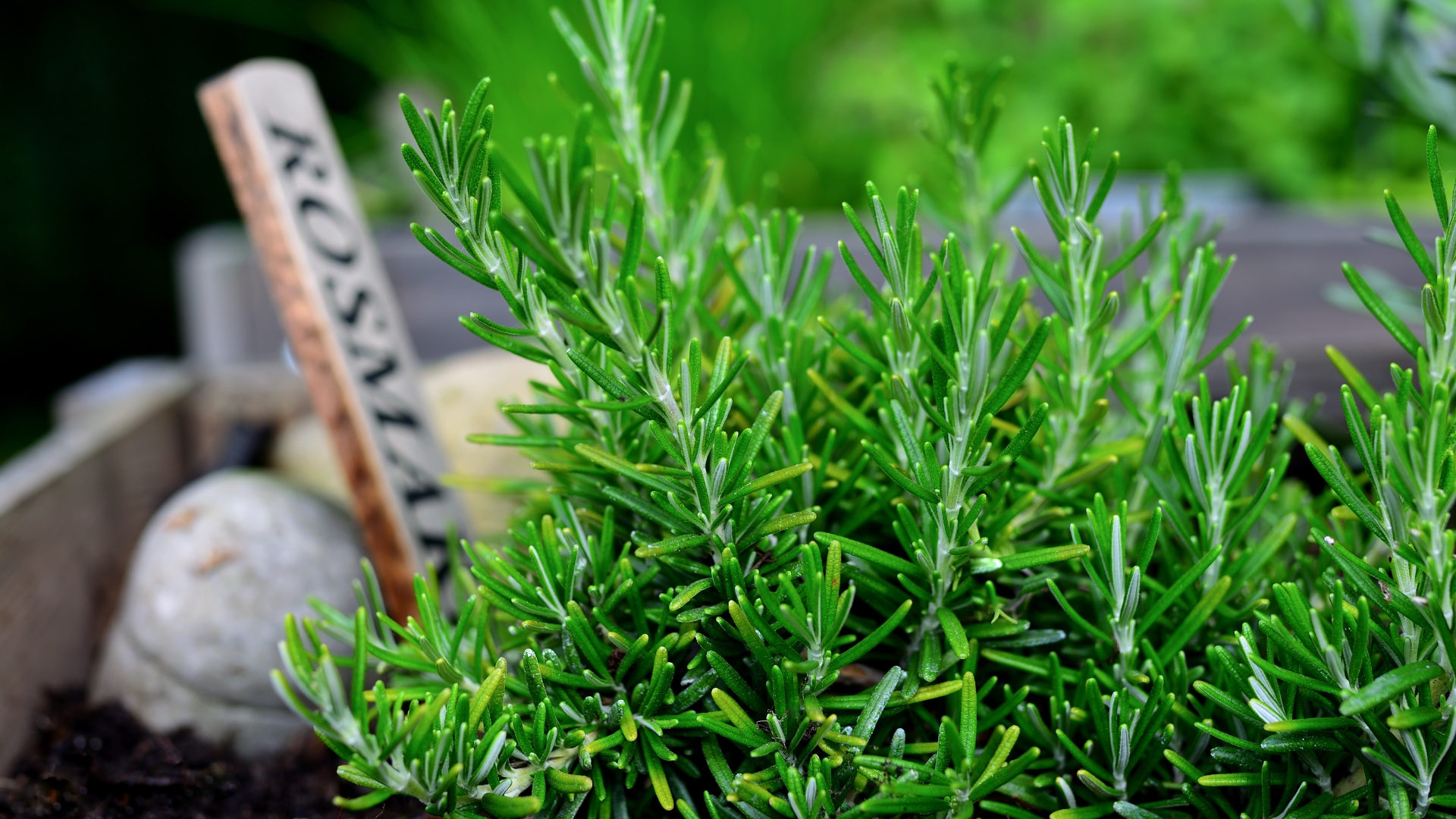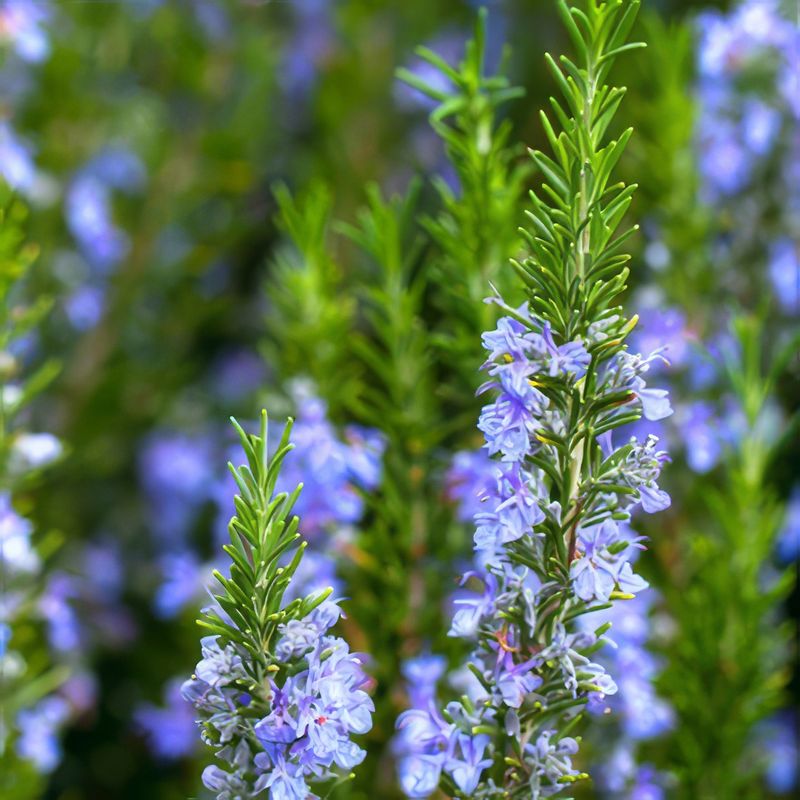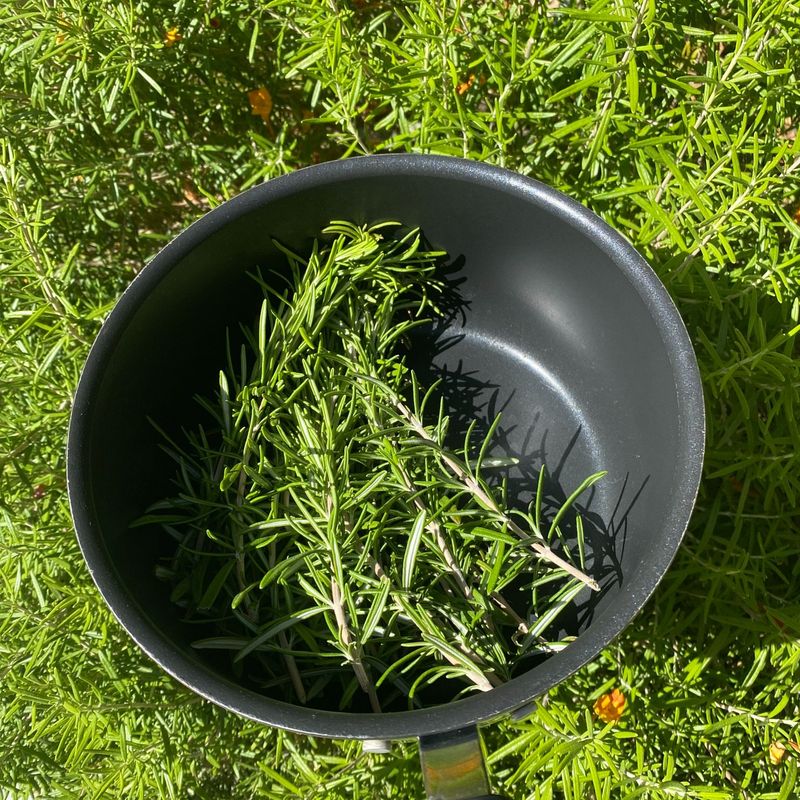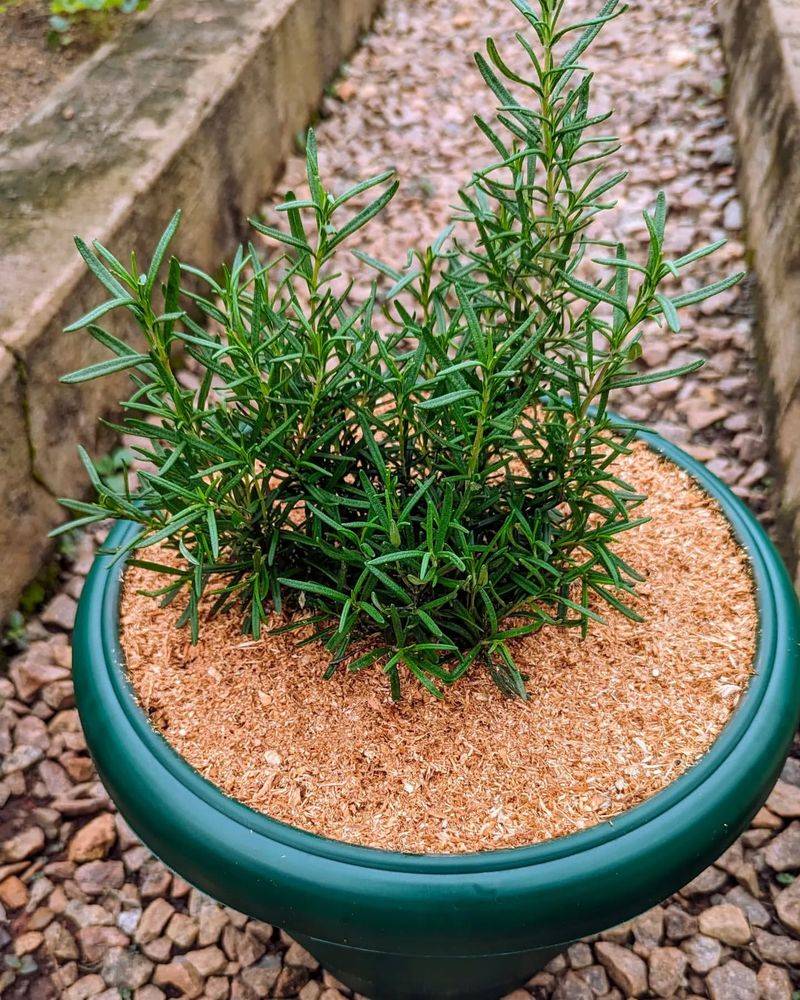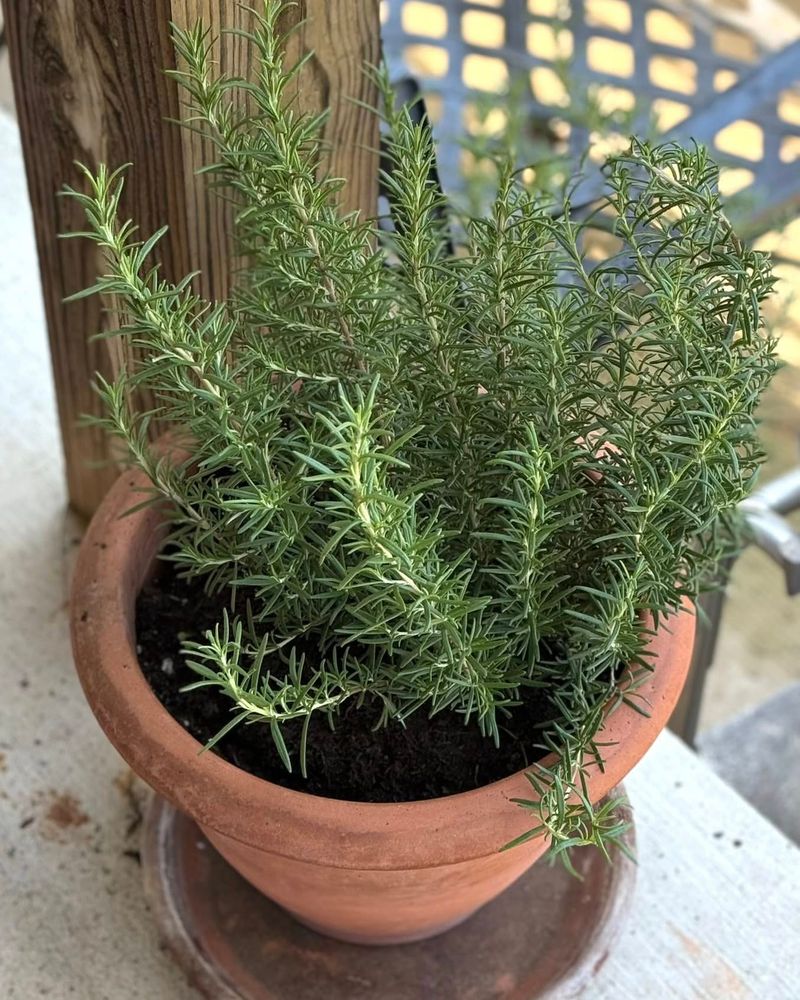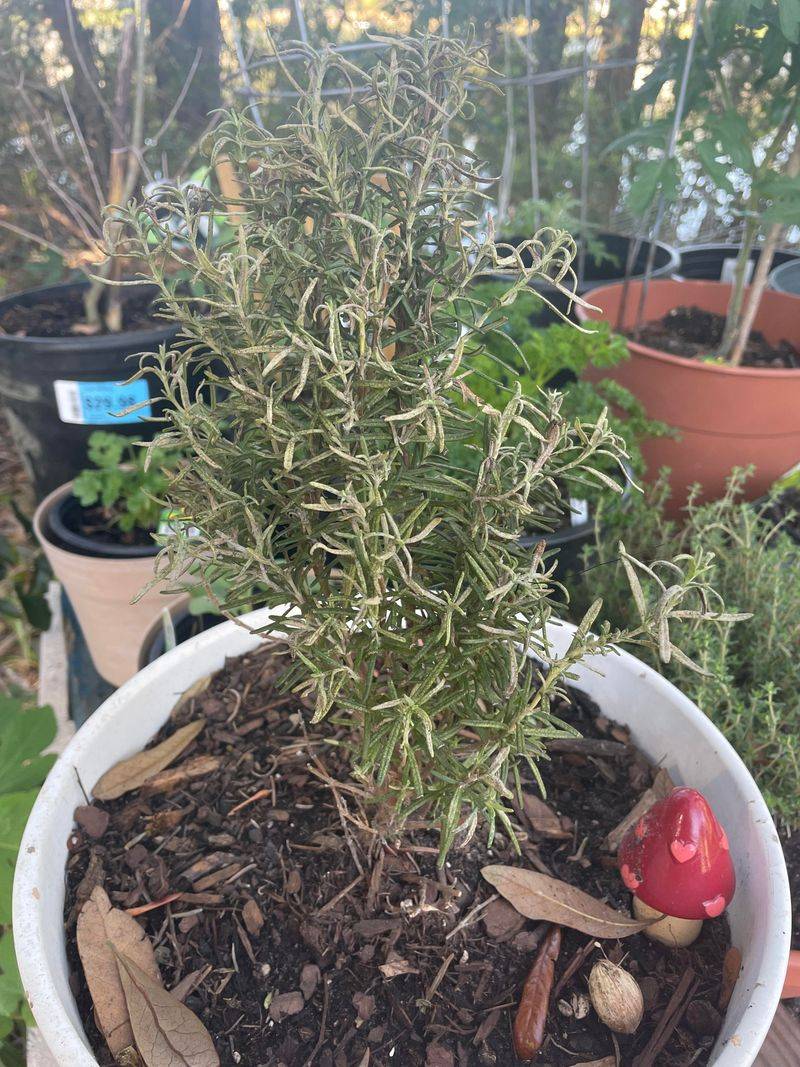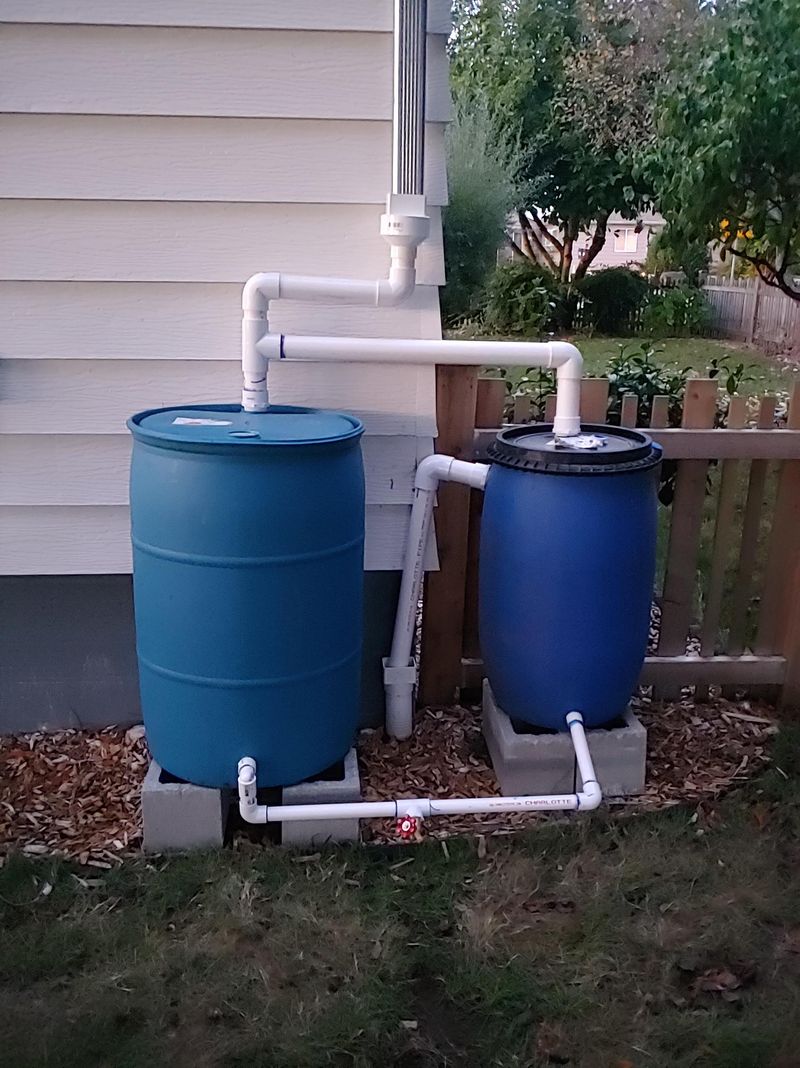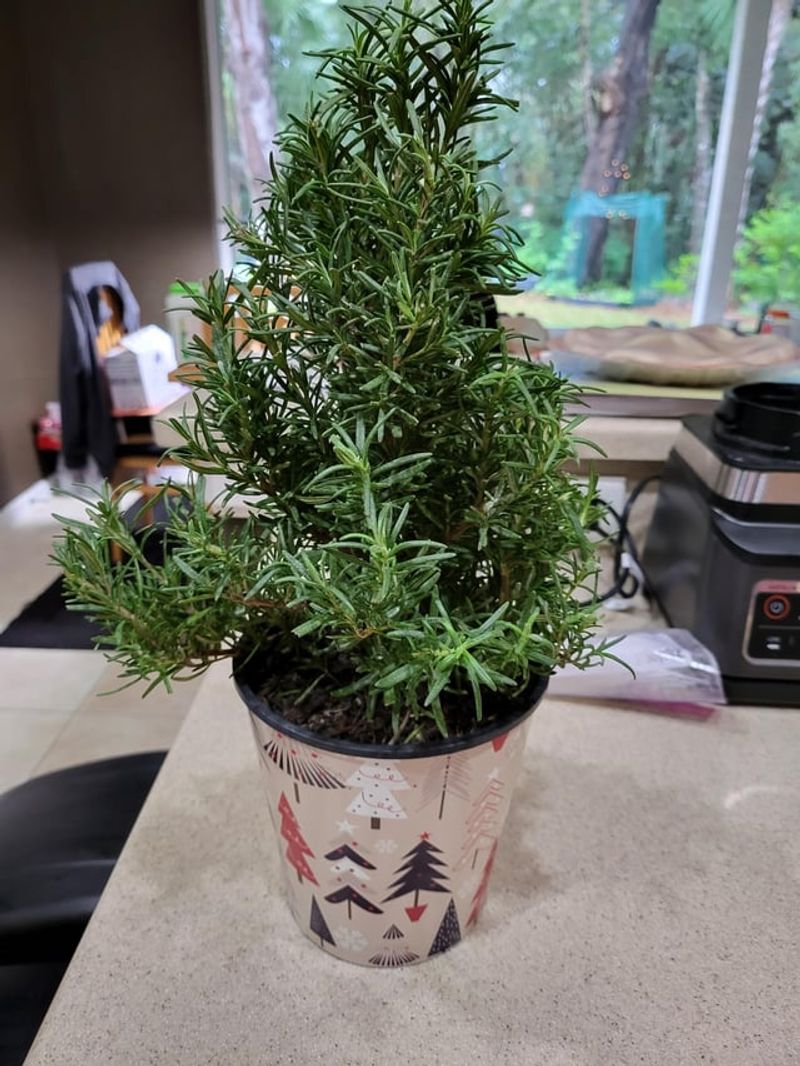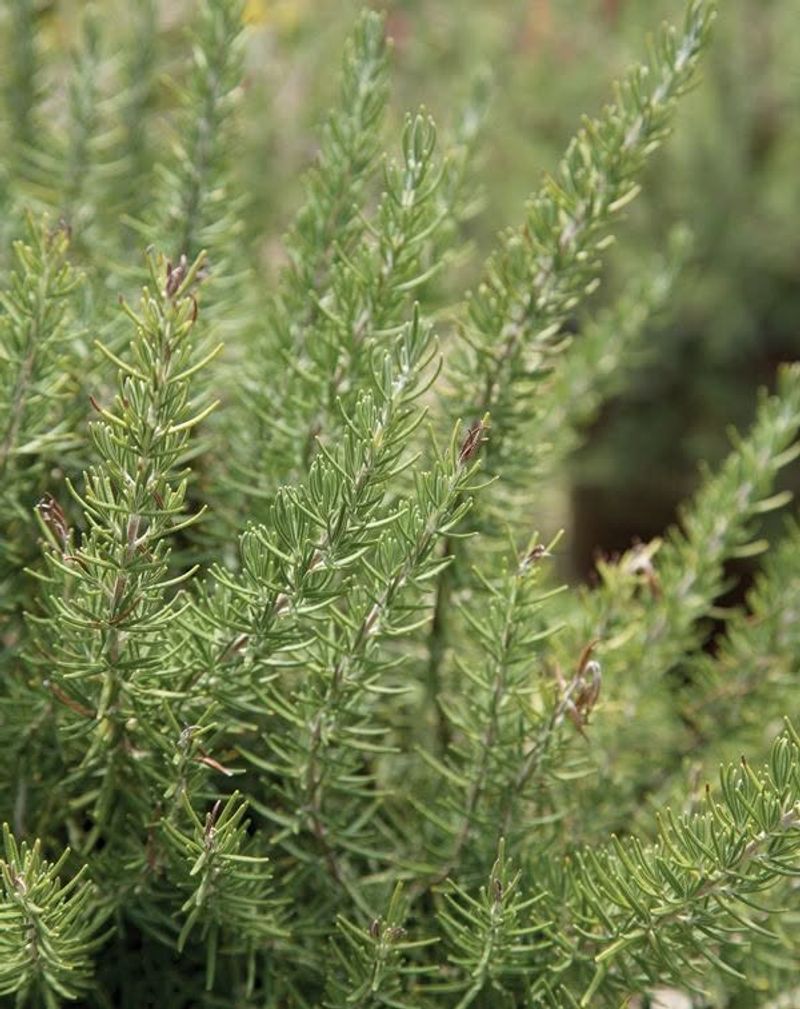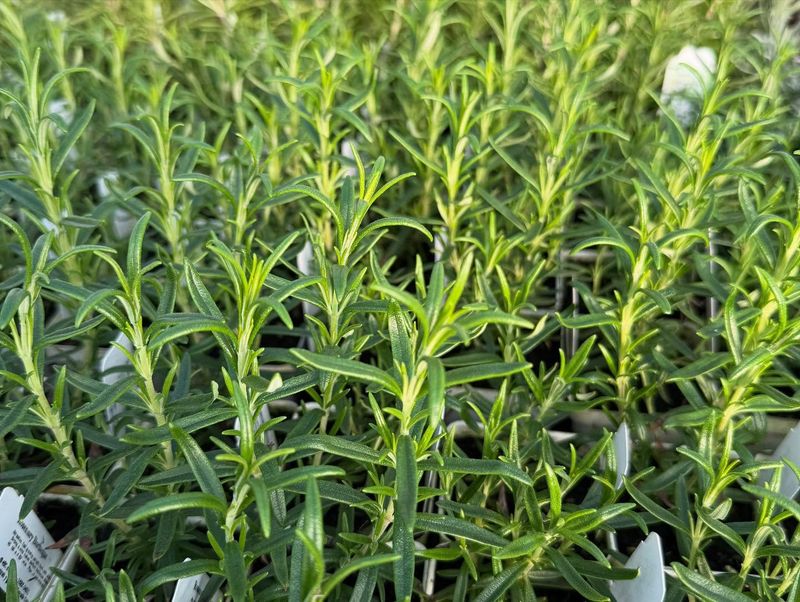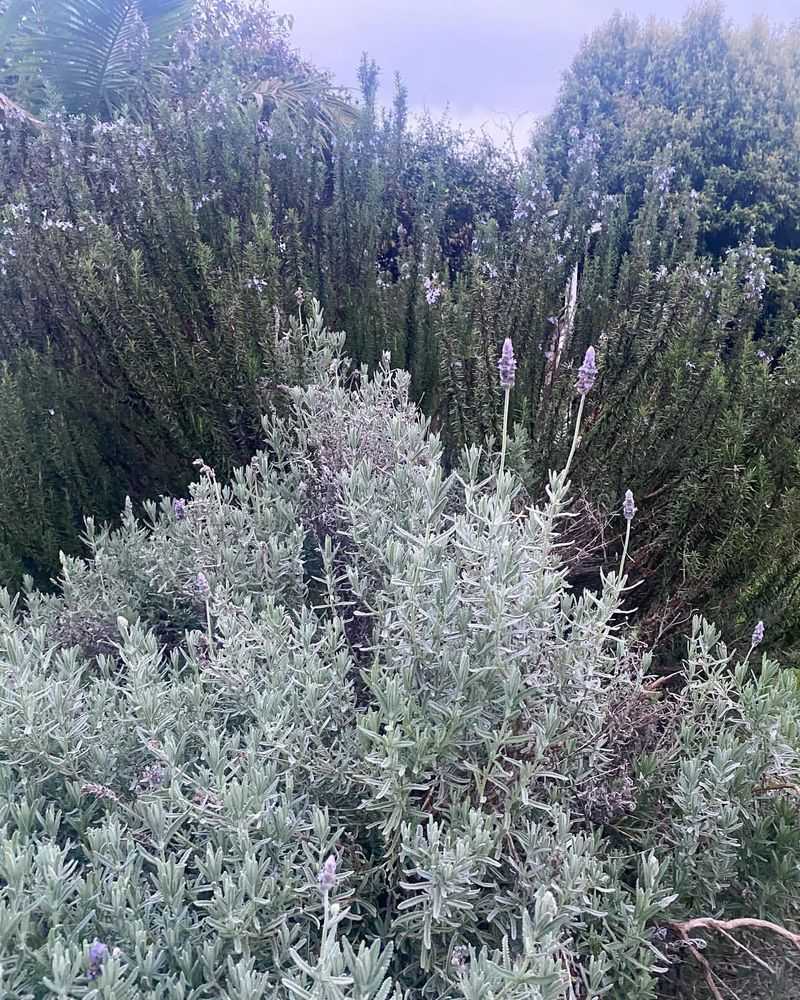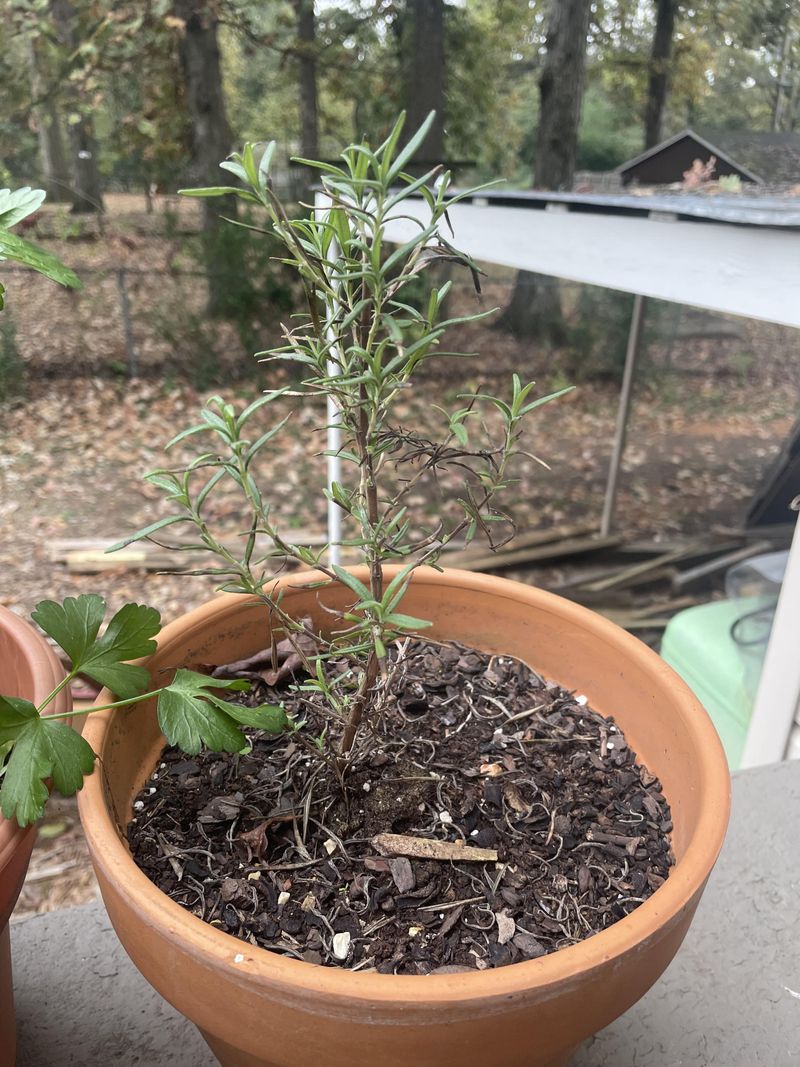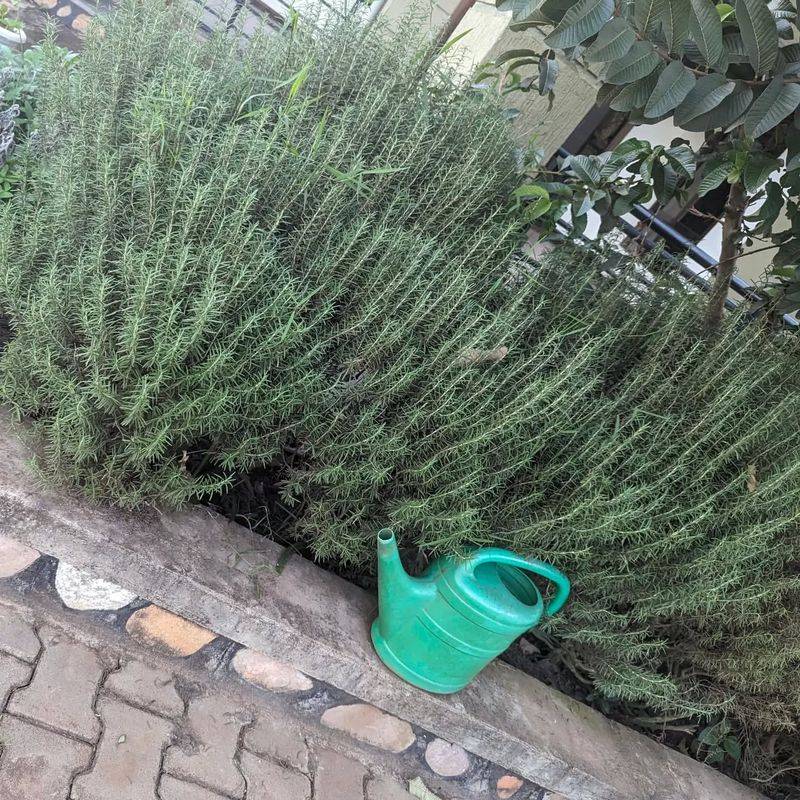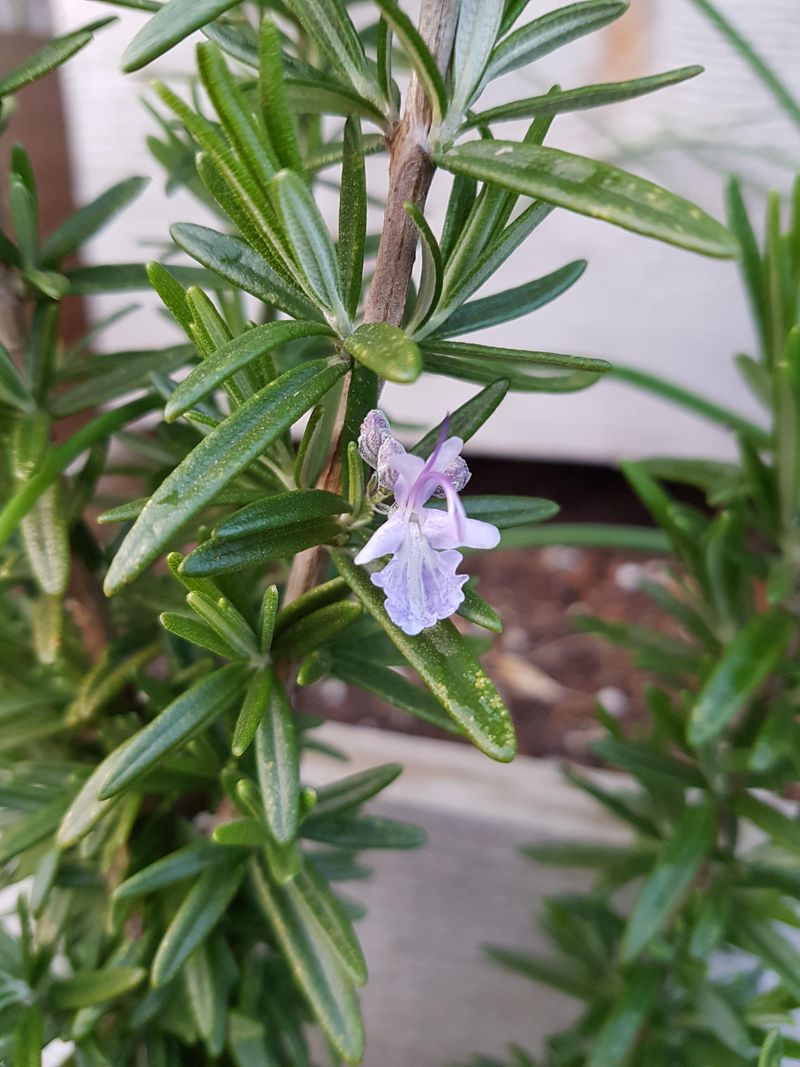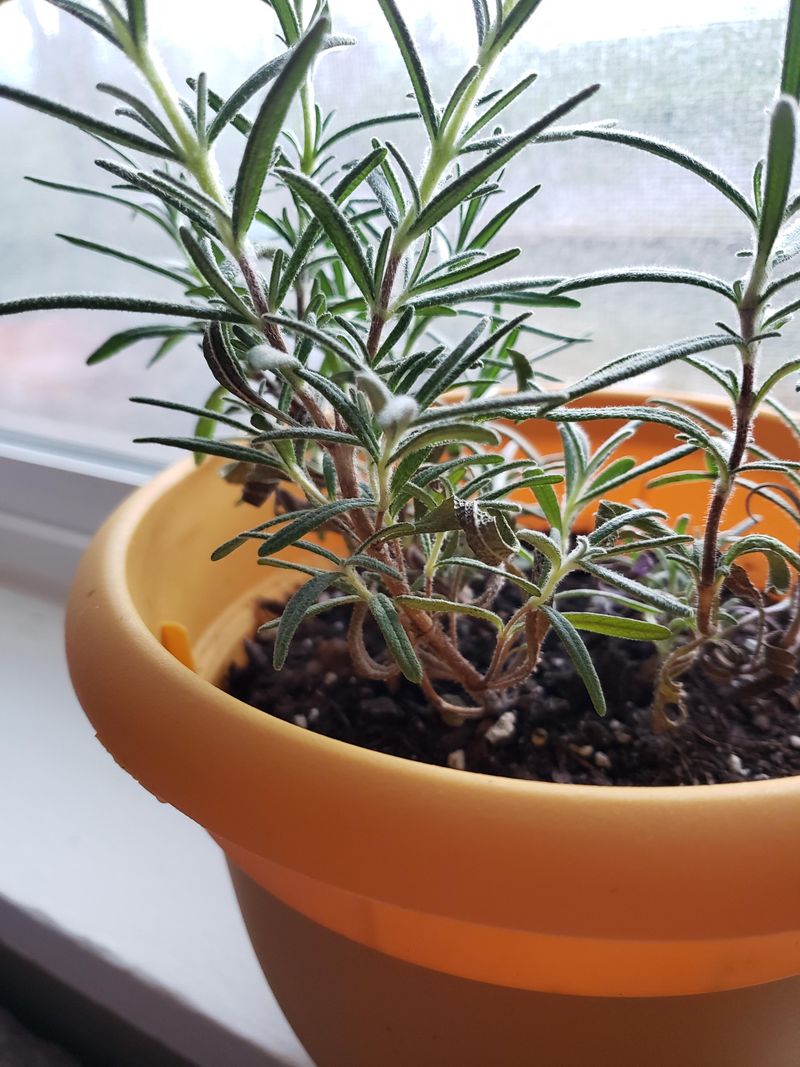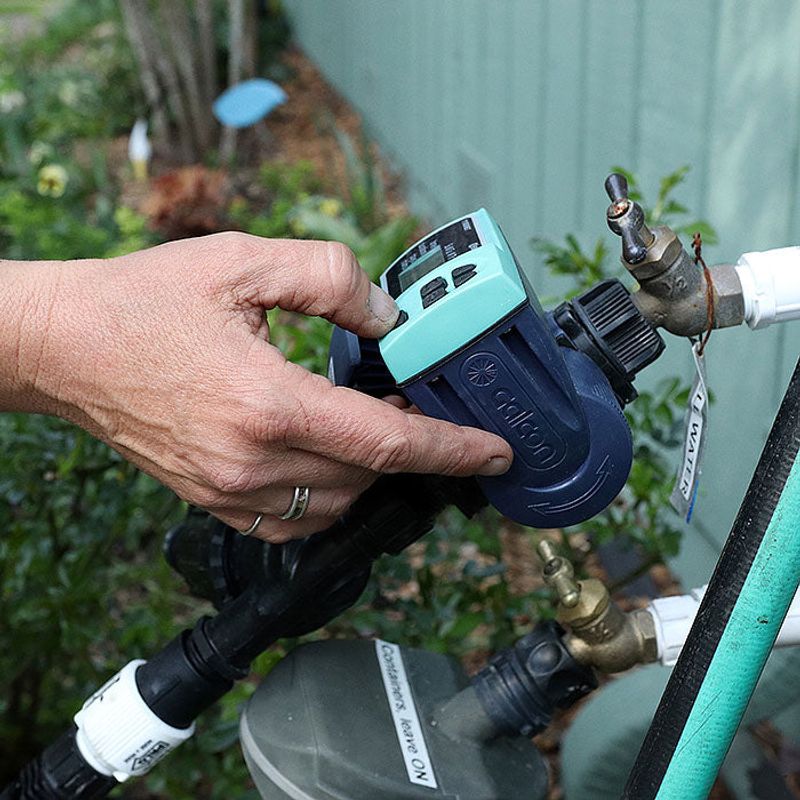Rosemary might be drought-tolerant, but it’s picky when it comes to watering. Too much? It wilts. Too little? It dries up fast.
These 10 tried-and-true watering tips keep rosemary happy and thriving—and we’re also calling out 5 common mistakes that do more harm than good.
1. Water Deeply But Infrequently
Rosemary thrives when watered thoroughly but allowed to dry out between waterings. Giving your plant a good soak once the soil feels dry to the touch mimics its natural Mediterranean growing conditions.
Typically, this means watering every 1-2 weeks, depending on your climate and container size. Your rosemary’s roots will grow stronger as they reach deeper for moisture, resulting in a hardier plant.
2. Morning Watering Sessions
Early morning is the golden hour for watering your rosemary. The cooler temperatures allow water to soak in properly before evaporation kicks into high gear.
Morning watering also gives any splashed leaves time to dry throughout the day. This timing significantly reduces the risk of fungal diseases that thrive in damp, dark conditions.
3. Use Well-Draining Soil
Sandy, rocky soil creates the perfect foundation for proper rosemary watering. Mix regular potting soil with coarse sand, perlite, or small pebbles to create drainage pathways for excess water.
The ideal mix should feel gritty between your fingers. When you water this well-draining medium, moisture moves quickly past the roots without creating soggy conditions that lead to root rot.
4. Terracotta Pots Are Your Friend
Unglazed terracotta containers provide a secret advantage for rosemary watering success. The porous clay naturally wicks away excess moisture through its walls, preventing waterlogged soil.
You’ll notice these pots develop a whitish mineral deposit over time – that’s evidence they’re doing their job! The natural evaporation through terracotta creates a more forgiving environment if you accidentally overwater.
5. Finger-Test Before Watering
Develop the simple habit of checking soil moisture before reaching for the watering can. Insert your finger about 1-2 inches into the soil near your rosemary plant.
If you feel dampness, hold off watering for another day or two. Only water when the soil feels dry at this depth. This finger-test prevents the most common rosemary killer – overwatering – and helps you develop an intuitive watering schedule.
6. Rainwater Collection System
Harvest rainwater for the perfect rosemary drink. Natural rainwater lacks the chemicals found in tap water and contains trace minerals that benefit herbs.
A simple barrel under a downspout provides plenty of free water. For apartment dwellers, even a bucket on a balcony during rainstorms collects enough for several plants. The slightly acidic nature of rainwater helps rosemary absorb nutrients more efficiently.
7. Water at Root Level
Direct your watering efforts toward the soil around the rosemary plant, not the foliage. Wet leaves promote fungal problems, while the roots are actually doing the drinking.
For container plants, slowly pour water around the base until it just begins to drain from the bottom holes. In garden beds, a soaker hose laid near plant bases provides perfect root-zone moisture without wetting the aromatic leaves.
8. Mulch to Retain Moisture
A thin layer of light-colored mulch works wonders for rosemary’s watering needs. Small pebbles, crushed shells, or coarse sand spread around the plant base helps retain soil moisture while allowing excess to drain away.
Unlike heavy organic mulches, these materials won’t hold too much dampness against stems. They also reflect sunlight, keeping roots cooler during hot weather when moisture evaporates quickly.
9. Seasonal Watering Adjustments
Rosemary’s water needs change dramatically with the seasons. During hot summers, you might water weekly, while winter may require only monthly hydration.
Watch for visual cues – slightly drooping stems often signal thirst. But before increasing frequency, always check soil moisture first. Indoor rosemary typically needs more consistent attention than outdoor plants, especially in winter when heating systems dry the air.
10. Group With Similar Plants
Create a Mediterranean microclimate by planting rosemary alongside other drought-tolerant herbs like lavender, thyme and sage. These plants share similar watering preferences, making garden maintenance simpler.
Their compatible root systems won’t compete aggressively for moisture. This plant community approach means you can water an entire herb section with the same schedule, saving time while providing ideal conditions for your rosemary to flourish.
11. Daily Misting (Don’t Do It!)
Contrary to popular advice, misting rosemary foliage is a recipe for disaster. The fine spray creates persistently damp conditions on leaves and stems – precisely what this Mediterranean herb hates.
Rosemary evolved in dry, coastal regions where rainfall is infrequent but soaking. Frequent misting promotes powdery mildew and other fungal problems. Skip the spray bottle entirely and focus on proper soil watering instead.
12. Watering on a Strict Schedule (Avoid This)
Following a rigid calendar for rosemary watering ignores the plant’s actual needs. Weather fluctuations, humidity levels, and growth phases all affect how quickly soil dries out.
A rosemary plant might need water twice weekly during a heat wave, then go two weeks without during cooler, humid periods. Blindly watering every Tuesday and Friday regardless of conditions often leads to root rot or drought stress.
13. Ice Cube Watering Method (Skip It)
The trendy advice to place ice cubes on soil for slow-release watering is particularly harmful for rosemary. This Mediterranean native despises cold shock to its root system.
The sudden temperature drop from melting ice can damage delicate root hairs. Additionally, the small amount of water released often creates only surface moisture without reaching deeper roots. This method gives the illusion of proper care while actually stressing the plant.
14. Bottom-Watering Only (Not Ideal)
Exclusively bottom-watering rosemary by placing pots in water-filled saucers creates problematic conditions. While this method works occasionally, relying on it solely causes mineral buildup in the soil as water evaporates upward.
The constant moisture at the pot bottom also contradicts rosemary’s natural cycle of thorough wetting followed by drying. Over time, roots congregate at the container bottom, creating a top-heavy plant with poor stability and drought resistance.
15. Automatic Irrigation Systems (Use Cautiously)
Standard automatic sprinkler systems rarely provide appropriate watering for rosemary. The frequent, shallow watering typical of automated setups encourages shallow root development and fungal issues.
If you must automate, install a separate drip line with its own timer specifically for Mediterranean herbs. Program much longer intervals between waterings – every 7-14 days rather than the daily or every-other-day schedule suitable for thirstier plants.

